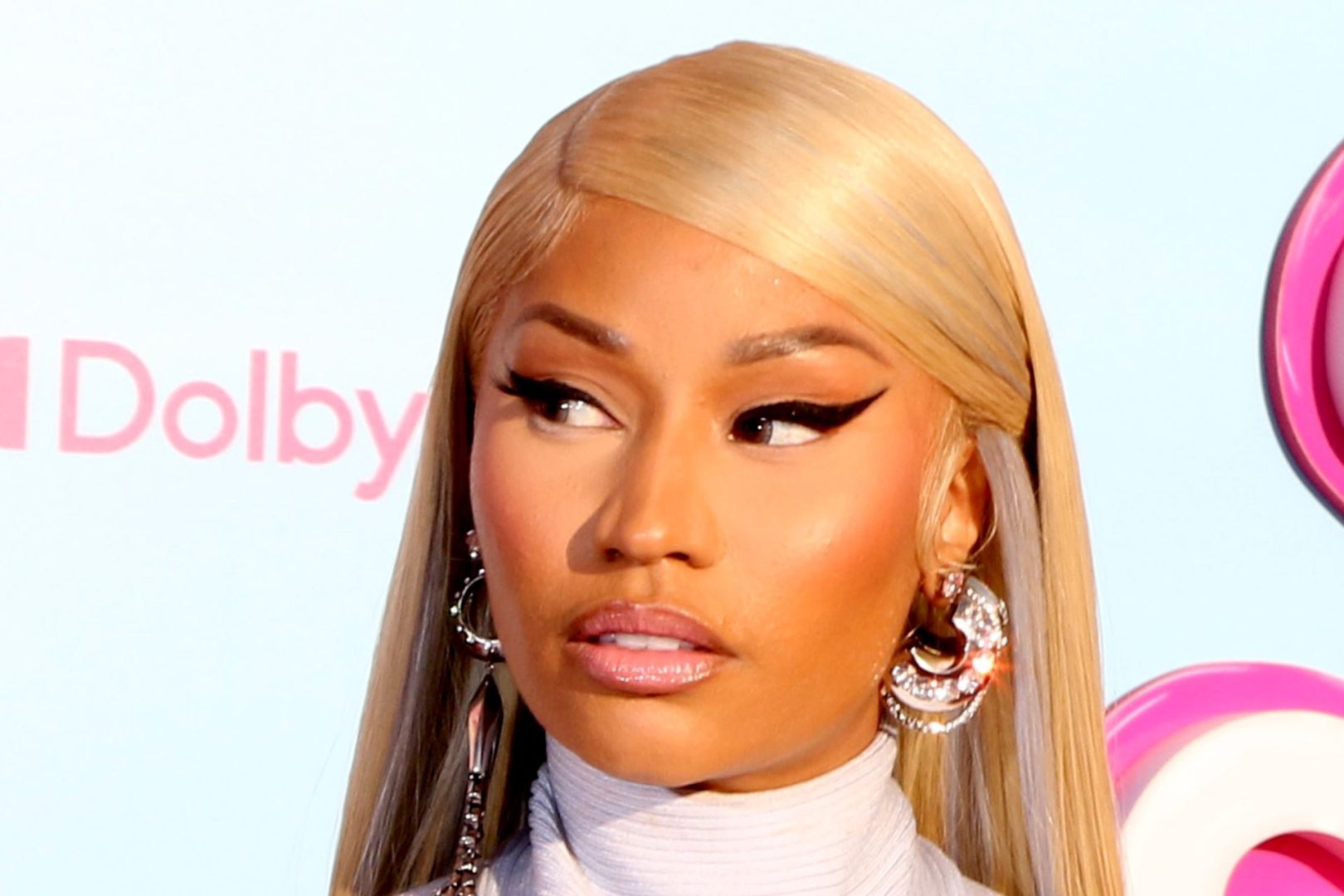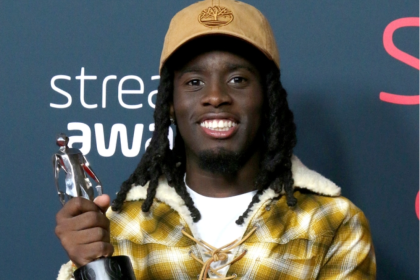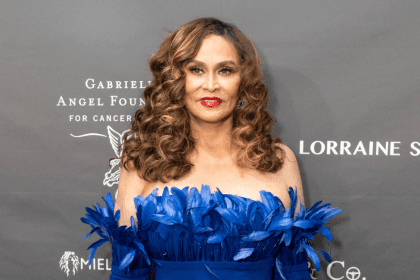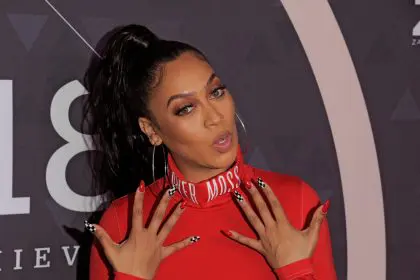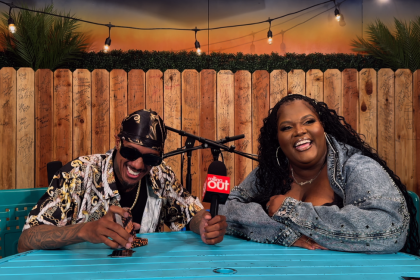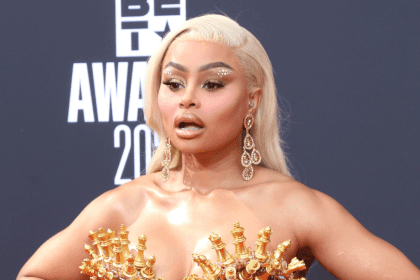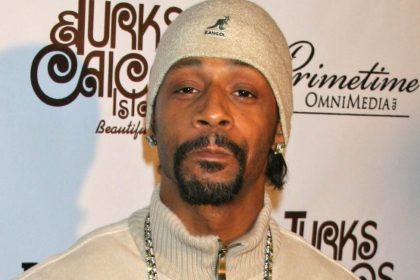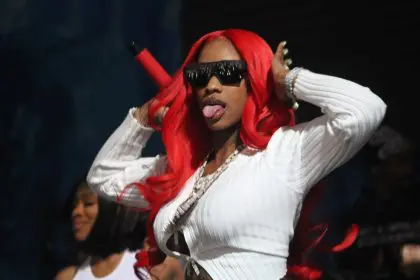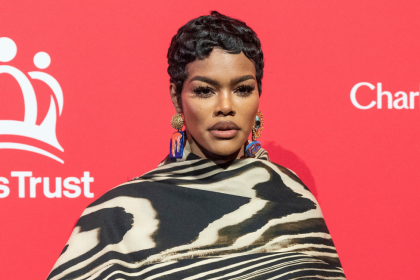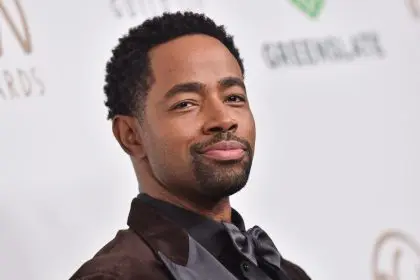The hip-hop world witnessed another seismic shift this week as Nicki Minaj unleashed a calculated social media assault that targeted some of the industry’s most influential figures. The Queens-born rapper’s inflammatory posts on July 8 created ripple effects across digital platforms, drawing attention to legal disputes, personal vendettas, and the complex power dynamics that govern modern rap culture.
Legal troubles fuel social media commentary
Minaj’s digital offensive began with her amplification of a report from AkademiksTV regarding Megan Thee Stallion’s ongoing legal challenges. The Houston rapper faces a lawsuit filed in April 2024 by former photographer Emilio Garcia, who alleges harassment and the creation of a hostile work environment. When a judge denied Megan’s motion to dismiss the case, Minaj seized the opportunity to weave biblical references into her commentary.
She questioned what law governed the situation, referencing karma and biblical protection before adding with characteristic bravado that blog lies would ultimately benefit her financially. The post demonstrated Minaj’s ability to transform industry controversies into personal victories while maintaining her confrontational public persona.
Corporate titans face unprecedented scrutiny
The scope of Minaj’s digital campaign expanded beyond individual rivalries to encompass major industry players. Her posts targeting Jay-Z centered on unsubstantiated claims about paternity litigation, accompanied by accusations of significant financial obligations. She expressed uncertainty about why he was trending while offering prayers for his well-being, maintaining plausible deniability while stoking speculation.
The rapper’s decision to amplify allegations against Roc Nation CEO Desiree Perez marked a particularly bold escalation. By reposting accusations of child abuse, Minaj positioned herself as someone willing to challenge the industry’s most protected figures, regardless of potential consequences.
Fan engagement reveals cultural divisions
The response to Minaj’s posts illuminated the passionate loyalty she commands among her fanbase, known as the Barbz. Social media platforms erupted with supporters rallying behind their champion, with comments expressing unwavering allegiance and praise for her educated approach. This reaction underscored the parasocial relationships that fuel modern celebrity culture and the ways fans interpret conflicts through personal loyalty frameworks.
The Stallion saga continues
The feud between Minaj and Megan Thee Stallion has evolved into one of hip-hop’s most closely watched rivalries. Their conflict intensified in January 2024 when Megan released HISS, a track widely interpreted as targeting Minaj and her husband. Minaj’s response, previewing Big Foot, referenced Megan’s past trauma in ways that sparked widespread criticism.
Recent developments suggest the possibility of reconciliation, with Megan expressing openness to resolving their differences. However, Minaj’s latest posts indicate that any peace negotiations may face significant obstacles, particularly given the public nature of their dispute and the commercial incentives for maintaining conflict.
Social media’s role in modern hip-hop
The current controversy represents the latest chapter in hip-hop’s ongoing examination of power, authenticity, and artistic integrity. Minaj‘s willingness to challenge established hierarchies reflects broader tensions within the genre, where success often depends on navigating complex relationships with industry gatekeepers while maintaining credibility with audiences.
Her approach demonstrates sophisticated understanding of social media’s role in contemporary rap culture, where public perception can shift rapidly based on strategic communication. By combining religious imagery, legal commentary, and personal attacks, Minaj crafted a narrative that positions her as both victim and victor in ongoing industry conflicts.
As the industry watches these developments unfold, the implications extend far beyond individual careers. The willingness of major artists to challenge powerful executives publicly suggests shifting power dynamics in an industry long dominated by behind-the-scenes negotiations and carefully managed public relations campaigns.

